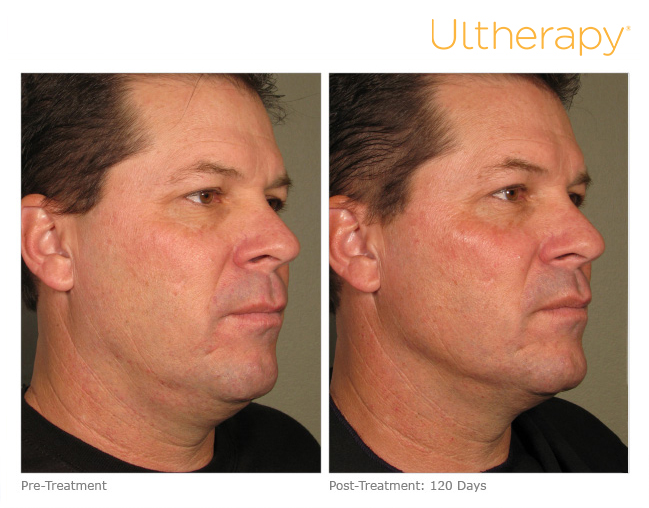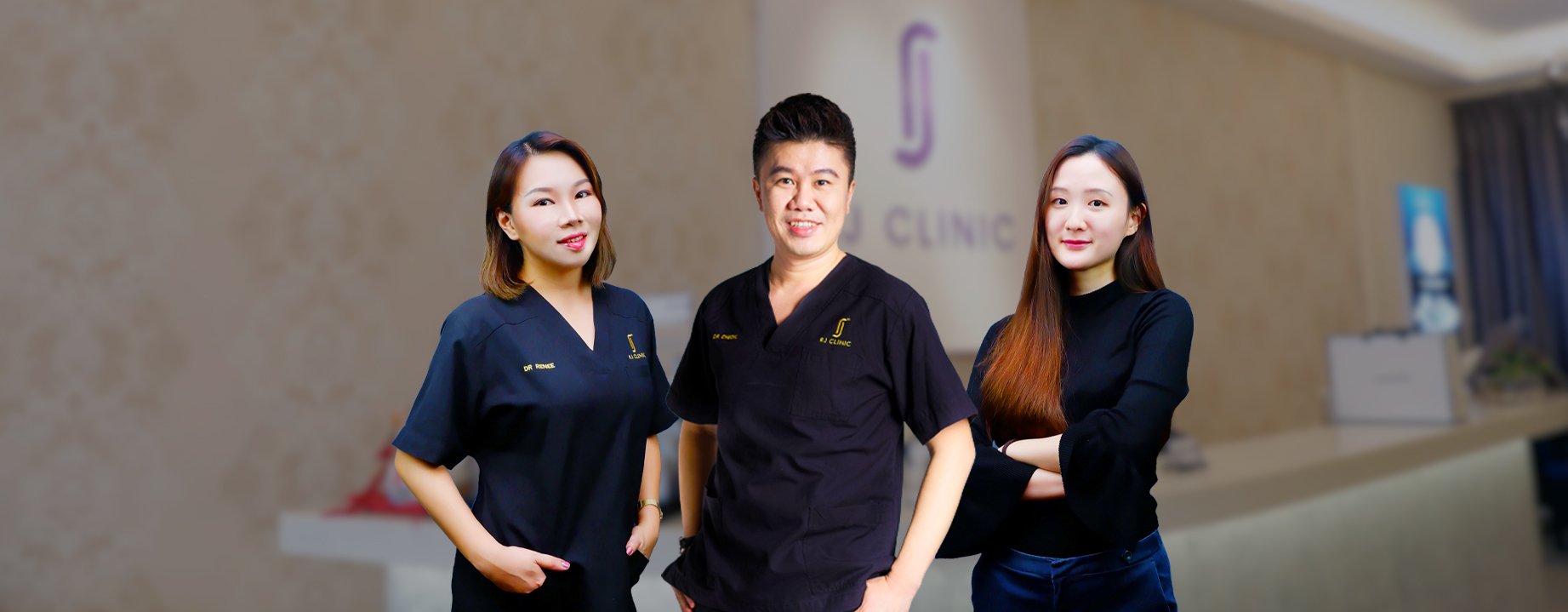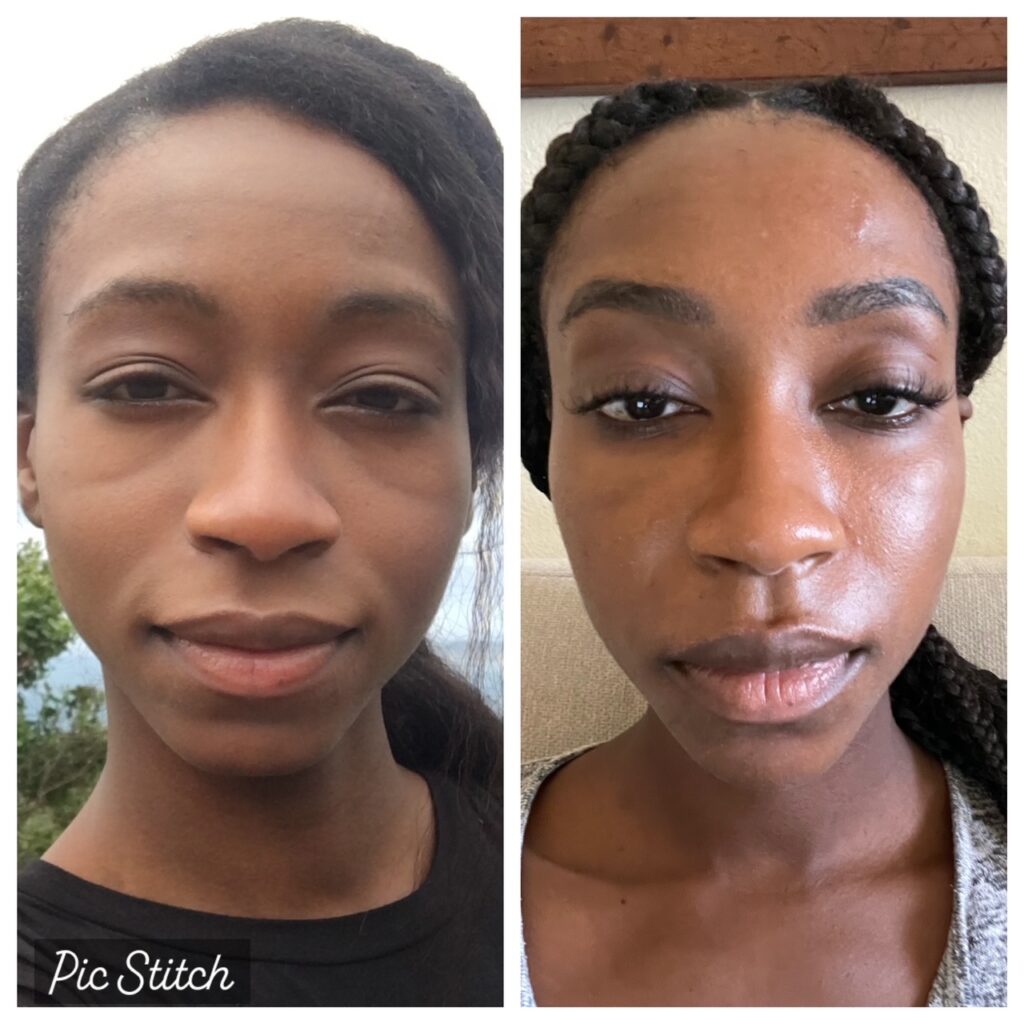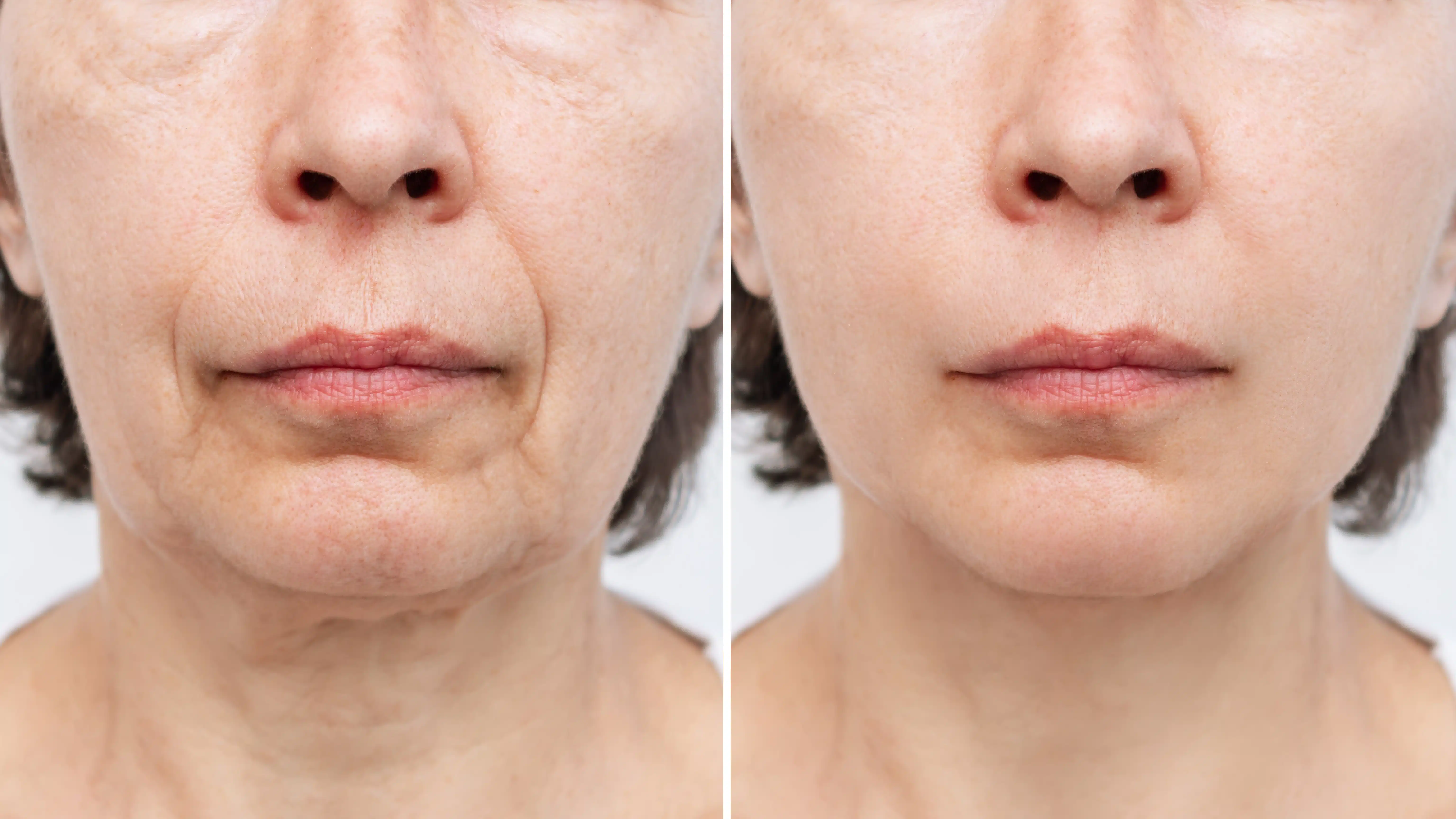Why Ultherapy Could Be Medically Required: Exploring the Factors for a Non Surgical Lift
Ultherapy is obtaining interest as a feasible choice for individuals dealing with skin laxity due to maturing or certain medical problems. This non-surgical treatment stimulates collagen manufacturing, using a remedy that prevents the recovery time linked with intrusive procedures. As individuals seek to boost not only their appearance yet likewise their overall skin wellness, comprehending the situations that necessitate Ultherapy's usage becomes crucial. What variables add to its clinical requirement?
Understanding Ultherapy: What It Is and Exactly how It Functions
Ultherapy, a non-invasive cosmetic procedure, makes use of ultrasound modern technology to boost collagen manufacturing and promote skin tightening up. By delivering focused ultrasound power deep into the skin, it targets the fundamental layers typically attended to in surgical facelifts. This procedure encourages the body's natural recovery response, leading to gradual training and firm of the skin in time.

Therapy sessions usually last between 30 to 90 mins, depending on the size of the location being treated. While results might not be right away noticeable, perfect results usually appear within two to 3 months as collagen continues to create. Ultherapy offers an engaging non-surgical choice for people looking for skin rejuvenation without the requirement for intrusive procedures.
The Aging Process: Impacts on Skin Flexibility and Collagen
Aging undoubtedly brings adjustments that diminish skin elasticity and collagen production, causing noticeable signs of sagging and wrinkles. As individuals age, the skin's capability to retain moisture decreases, leading to a drier and much less resistant surface area. Collagen, an important protein in charge of skin framework, likewise diminishes, causing the skin to lose its firmness and youthful appearance. Elements such as sun exposure, toxic wastes, and way of life selections better increase this decrease in skin high quality.
This loss of flexibility and collagen produces a cascade of adjustments, consisting of the development of jowls, strengthening nasolabial folds, and an overall sagging look. The skin's support group deteriorates, making it extra at risk to the results of gravity. Subsequently, lots of individuals seek treatments like Ultherapy to battle these aging impacts, aiming to bring back a much more youthful, tight look without the requirement for invasive medical treatments.
Medical Problems That May Gain From Ultherapy
Ultherapy is significantly recognized for its prospective benefits in resolving various medical problems. Individuals experiencing skin laxity, those in post-surgical healing, and people with chronic skin conditions might find this non-invasive therapy useful. By stimulating collagen manufacturing, Ultherapy can boost skin firmness and improve general look for these teams.
Skin Laxity Issues
Skin laxity can be a substantial issue for people experiencing numerous medical conditions that impact the stability and flexibility of their skin. Problems such as Ehlers-Danlos disorder, which disrupts collagen manufacturing, can cause early skin aging and drooping. Additionally, individuals with autoimmune conditions might experience skin modifications that add to laxity. Hormonal variations, particularly during menopause, also play a role in decreasing skin firmness. Ultherapy, using ultrasound innovation, targets the much deeper layers of skin, promoting collagen manufacturing and tightening the impacted areas. This non-invasive treatment may offer a practical option for those seeking to deal with skin laxity resulting from these medical conditions, enhancing both look and self-worth without the demand for medical treatment.
Post-Surgical Recuperation Help
Post-surgical healing can typically present challenges, particularly for people experiencing skin laxity as a result of surgical interventions. Ultherapy acts as a potential help in this scenario, using ultrasound technology to stimulate collagen manufacturing and enhance skin tightness without intrusive treatments. Individuals who have undergone surgical procedures such as renovations, lipo, or other body contouring treatments might locate that Ultherapy enhances their recovery by resolving uneven structure and laxity that can happen post-operation. This non-surgical method can result in boosted visual outcomes, possibly decreasing the demand for extra surgical interventions. It may aid reduce discomfort connected with the recovery process, offering individuals a more all-inclusive recuperation experience. Ultherapy can be a valuable choice in post-surgical treatment.
Persistent Skin Problem
For people experiencing persistent skin disease such as acne scars, rosacea, or laxity because of aging, non-invasive therapies might offer significant relief and enhancement. Ultherapy has actually arised as a promising choice, using ultrasound modern technology to stimulate collagen production deep within the skin. This process can enhance skin appearance and flexibility, dealing with problems like unequal complexion and drooping. In certain, those with rosacea might experience reduced redness and swelling, while clients with acne scars can take advantage of improved skin smoothness and overall look. Importantly, Ultherapy provides a non-surgical alternative that decreases recuperation time and threats connected with intrusive treatments, making it an enticing selection for individuals seeking effective management of persistent skin problems.
Emotional Influence of Drooping Skin and Aesthetic Issues
The emotional toll of aging frequently manifests in the form of drooping skin, which can substantially influence an individual's self-confidence and overall emotional health. Many individuals associate vibrant looks with energy and beauty, leading to sensations of insufficiency when faced with noticeable indications of aging. This perceived decrease in appeal can result in social stress and anxiety, withdrawal from social interactions, and an increased obsession with one's appearance.
People might feel forced to seek visual treatments to deal with these issues, as the need to preserve a youthful look can become linked with individuality. The psychological impacts of sagging skin may likewise lead to clinical depression or a decreased lifestyle. Non-surgical alternatives like Ultherapy emerge as prospective remedies, aiming not only to invigorate the skin but also to bring back self-confidence and a positive self-image, inevitably dealing with the deeper psychological implications of aging.
Contrasting Ultherapy to Conventional Surgical Options
When comparing Ultherapy to standard medical alternatives, significant distinctions emerge in both cost-effectiveness and recovery time. Ultherapy offers a non-invasive technique that usually results in lower expenditures and minimal downtime for people. In comparison, surgical lifts normally call for even more economic investment and an extensive recuperation duration.
Cost-Effectiveness of Ultherapy

Although conventional surgical lifts frequently feature substantial ahead of time prices and expanded healing times, Ultherapy provides a compelling alternative that can deliver equivalent outcomes at a portion of the rate. The average price of a surgical facelift can vary from $7,000 to $15,000, while Ultherapy treatments generally drop in between $2,000 and $4,500, relying on the area treated and provider expertise. In addition, the lack of extensive pre-operative analyses and post-operative care connected with Ultherapy additionally adds to its cost-effectiveness. This technique not only lessens financial pressure but additionally allows people to buy various other facets visit our website of their health and wellness and health. In this method, Ultherapy arises as an economically sensible choice for those looking for facial renewal without the burdens of standard surgical treatment.
Recovery Time Comparison
Recuperation time is a significant aspect in the decision-making process for those thinking about cosmetic treatments. Ultherapy stands out as a non-surgical choice that go to website typically needs very little downtime. The majority of patients can return to their everyday tasks almost right away, experiencing just light redness or swelling that typically solves within a couple of hours. In contrast, traditional medical choices, such as facelifts, typically demand an extensive recovery period. Clients may deal with a number of weeks of swelling, wounding, and limited activity, with some returning to typical routines using up to three months. This plain difference in healing time makes Ultherapy an attractive option for individuals seeking reliable outcomes without the extensive aftercare connected with surgery, enabling a smoother adjustment back to everyday life.
The Long-Term Benefits of Non-Invasive Treatments for Skin Health
As people significantly look for choices to operations, the long-lasting benefits of non-invasive treatments for skin health come to be extra evident. Treatments such as Ultherapy, chemical peels, and laser therapy deal considerable advantages without the need for extensive recovery times related to surgical procedure. Non surgical facelift Malaysia. Gradually, discover this info here these non-invasive options can advertise collagen manufacturing, resulting in firmer skin and a more vibrant appearance
Additionally, routine non-invasive therapies can improve skin texture, tone, and flexibility, enhancing general skin health. People commonly experience fewer difficulties and side impacts, making these treatments a lot more appealing.
Additionally, the cumulative impacts of regular treatments can maintain and prolong aesthetic renovations, enabling people to preserve their preferred appearance with minimal downtime. By prioritizing non-invasive approaches, individuals can accomplish long-term outcomes while prioritizing their health and wellness. Inevitably, the long-lasting advantages of such strategies underscore their growing popularity in modern skin care.
Frequently Asked Concerns

For how long Does an Ultherapy Session Commonly Take?
An Ultherapy session usually lasts in between 30 to 90 minutes, relying on the treatment area. Variables such as the individual's details demands and the extent of the treatment can affect the overall period.

Are There Any Kind Of Adverse Effects Associated With Ultherapy?
Ultherapy can cause side impacts such as temporary soreness, swelling, or tenderness in the cured area - Density RF Malaysia. While most individuals experience minimal discomfort, it is crucial to get in touch with an expert for customized advice and prospective responses
Exactly How Quickly Can I See Results After Therapy?
Arise from Ultherapy usually start to appear within a couple of months post-treatment. The complete results may proceed to create over six months as collagen production rises, leading to visible training and tightening of the skin.
Is Ultherapy Suitable for All Skin Types?
Ultherapy is normally ideal for different skin kinds, including lighter and darker tones. Nevertheless, private skin problems and concerns may impact its efficiency, making appointments with a qualified professional necessary for tailored suggestions.
Just How Commonly Should Ultherapy Treatments Be Duplicated?
Ultherapy therapies are commonly advised every 6 to twelve month, depending on specific skin problem and wanted outcomes. Normal evaluations by a qualified professional can help determine the most effective frequency for upkeep and performance.